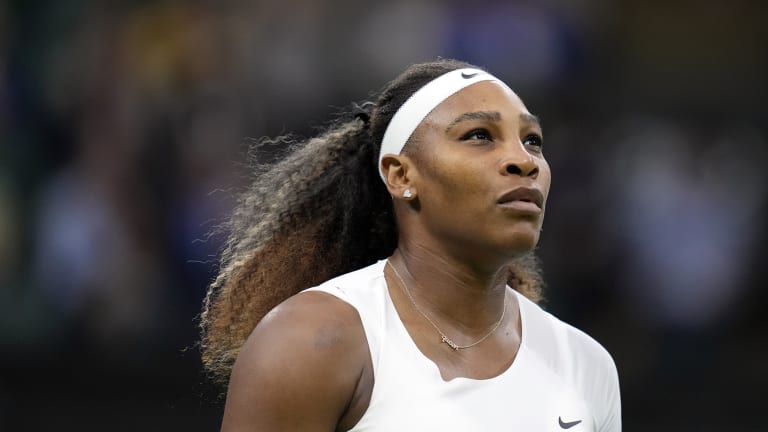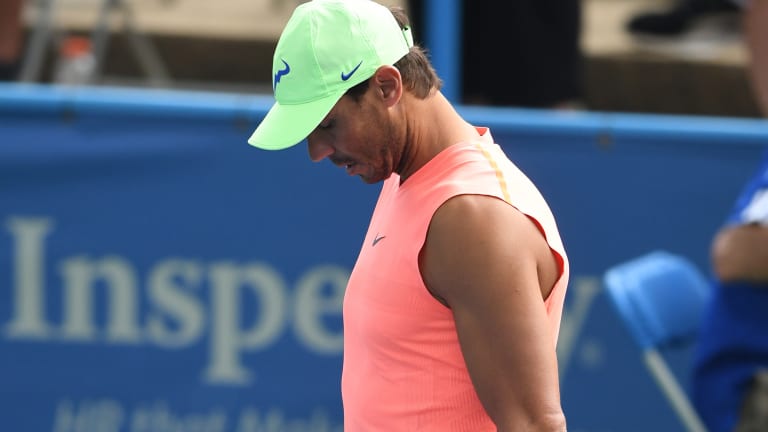Federer Turns 40
The Rally: What the August exodus of Djokovic, Nadal, Federer and Serena means for summer hard-court tennis
By Aug 11, 2021Federer Turns 40
Roger Federer: "At the moment, everything is still a little bit uncertain"
By Aug 13, 2021Federer Turns 40
Roger Federer: The second 40-something to rank in the Top 10
By Aug 08, 2021Federer Turns 40
What makes Roger Federer so fascinating at 40?
By Aug 08, 2021Federer Turns 40
The Rally: 20-plus years in the making, how writing The Master humanized Federer for its author
By Aug 08, 2021Social
Toni Nadal says shock Alcaraz-Ferrero coaching split was “not about tennis”
By Dec 18, 2025The Business of Tennis
Coco Gauff is Forbes' highest-earning female athlete for second year running
By Dec 18, 2025Social
Alexandra Eala strikes SEA Games gold at Bangkok 40 years after her mom won bronze there
By Dec 18, 2025Top 5 Stats of the Year
Stat of the Year, No. 2: Carlos Alcaraz’s Double Surface Slam for the ages
By Dec 18, 2025Social
Iga Swiatek meets first scholarship winners from namesake foundation
By Dec 18, 2025The Rally: What the August exodus of Djokovic, Nadal, Federer and Serena means for summer hard-court tennis
None of the four already all-time greats will play a match at the big Canada or Cincinnati tournaments, leaving their US Open prospects in question.
Published Aug 11, 2021
Advertising
Advertising

Djokovic has opted not to play any tournaments in between the Tokyo Olympics and US Open.
© Getty Images
Advertising

Serena hasn't played since retiring in the opening set of her first round at Wimbledon due to an ankle injury.
© Copyright 2021 The Associated Press. All rights reserved
Advertising

Nadal lost to Lloyd Harris in Washington, D.C., and was scheduled to face him in Toronto before withdrawing.
© 2021 Getty Images